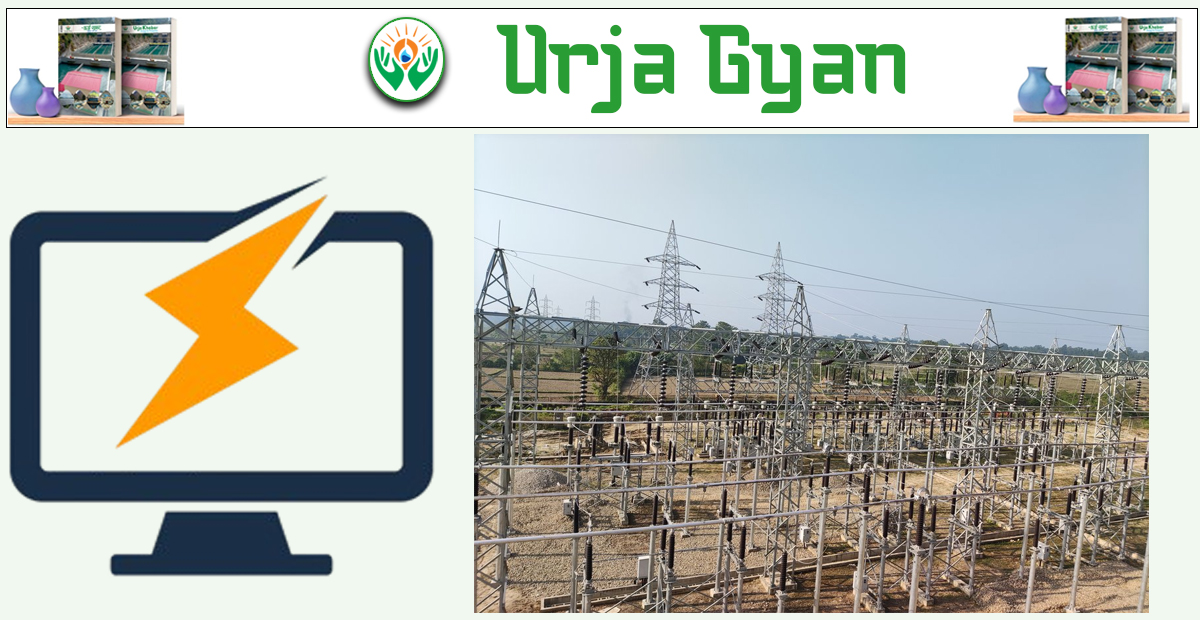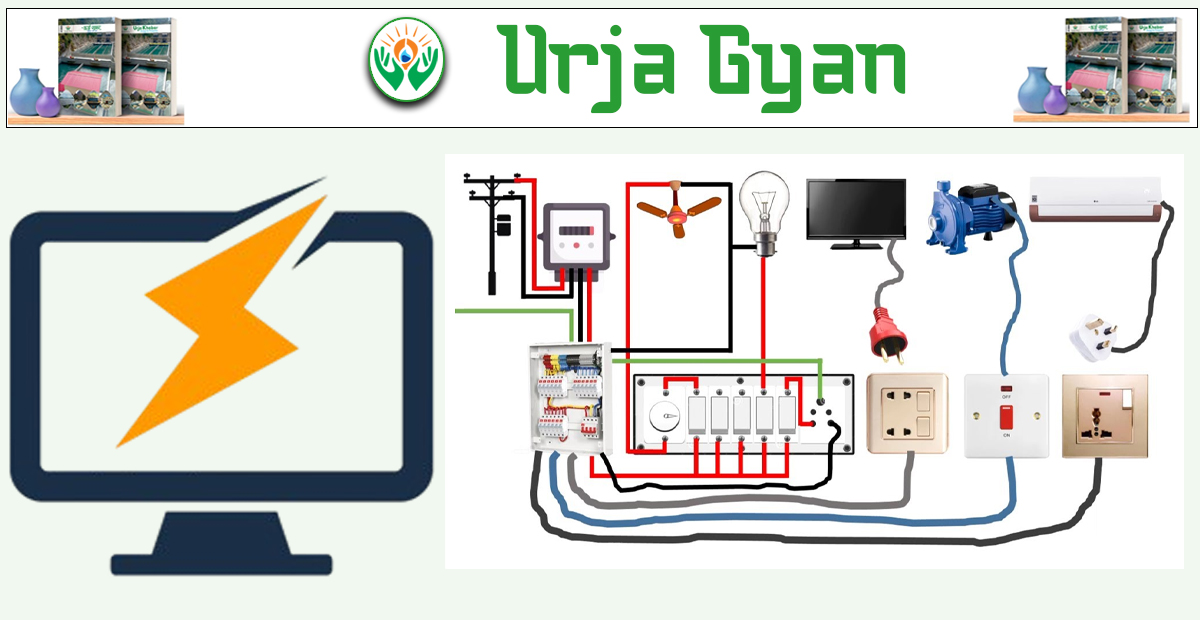Energy Update
Interesting Knowledge About Electricity
An interesting fact: How is electricity generated when Combing Hair ?

Kathmandu: Electricity, a significant things of the energy sector, it is a technical subject that deals with energy as a whole. Although electricity is not visible to the naked eye, it can be felt, and most people have a general understanding about it. However, it is important to have knowledge of the various technical aspects and terminologies associated with it.
In this regards, Urja Khabar has started a another segment like "Urja Gyan" (Energy Knowledge). Under this segment more general information related to energy, aiming to benefit all readers who are interested in this field will be publish every Friday. Here, this first series try to cover basic information of electricity sorrounding the society.

Urja Khabar hopes that readers will gain valuable insights from these educational articles and enhance their understanding of this crucial field.
1. What is electricity ? How many types are there ?

Answer : Electricity and electric power are the same; only the terminology is differs. Electricity is the flow of very tiny particles called electrons. Just as water flows through a pipe, electricity flows through wires.
The difference is that water can be seen with the naked eye, while electricity cannot. The presence of electricity can be detected using various meters and line testers.
Types of Electricity: Electricity can be difine in three types :
Static Electricity : For example, when you comb your hair and bring the comb close to a small piece of paper, the comb attracts the paper. The friction between the hair and the comb generates static electricity, which pulls the paper. Static electricity can also be generated in clothes made of nylon or polyester, especially in dry weather. Lightning in the sky is another form of static electricity.
Direct Current (DC) : In DC, the voltage remains constant. If you draw a graph of voltage over time, the voltage value remains the same. All devices like cars, flashlights, and mobile phones that use batteries operate on DC electricity. A battery has two terminals: one is called positive and other is negative. Between these two terminals, there are chemical substances that generate electrical potential due to chemical reactions. This electrical potential can be measured using a voltmeter. If the measurement shows zero, it means there is no voltage, and without it, the battery cannot power a light or perform any function. Different types of chemical substances are used in batteries; for example, car or inverter batteries use lead in the form of plates and sulfuric acid, which is in liquid form and is also known as electrolyte.
Alternating Current (AC) : The electricity used in homes and factories is AC. If you draw a graph of voltage over time, the voltage value varies with time, completing one cycle and then starting another. Each complete cycle is called a cycle, which includes both positive and negative phases. The number of cycles that occur in one second is called frequency. Nowadays, the unit of frequency is hertz, named in honor of the German scientist Heinrich Hertz. In Nepal and many other countries, the frequency of electricity is 50 hertz (50 cycles per second), while in the U.S., it is 60 hertz. Similarly, the standard household voltage in Nepal is 230 volts, while in the U.S., it is 110 volts. Therefore, when bringing electrical appliances from other countries, it is essential to check if they are compatible with the voltage and frequency used in Nepal.
2. How is electricity generated ?
Answer : Electricity is generated by either keeping a magnetic field stationary and rotating a wire within it or by keeping the wire stationary and rotating the magnetic field. In both cases, voltage is induced in the wire, and when the two ends of the wire are connected to the two terminals of a bulb, the bulb lights up, meaning electricity is generated. In a generator, which is used to produce electricity, the wire is usually stationary while the magnetic field rotates. This rotating magnetic field is produced by the rotor, the rotating component of the generator. In the process of generating hydropower, water rotates the turbine, which in turn rotates the rotor, and as the rotor spins, electricity is generated as described above.
3. What are the Sources of Energy ?
Answer : Energy comes from various sources, which can be broadly categorized into two types: renewable and non-renewable.
Renewable Sources :
Solar : Energy harnessed from the sun using solar panels.
Wind : Energy generated from wind using wind turbines.
Hydropower : Energy produced from the flow of water, typically using dams.
Biomass Energy : Energy derived from organic materials like plant waste, wood, and animal manure.
Geothermal Energy : Energy obtained from the heat within the Earth's crust.
Non-Renewable Energy Sources :
Fossil Fuels : Includes coal, oil, and natural gas, formed from the remains of ancient plants and animals.
Nuclear Energy : Energy produced through nuclear fission in nuclear power plants, typically using uranium or plutonium.
These sources of energy at our homes, industries, and transportation it is significant importance for modern society. Renewable sources are considered more sustainable, while non-renewable sources are finite and have environmental impacts.
Multiple Choice QA
1. Which of the following units is used to measure electric current ?
A) Volt
B) Ampere
C) Ohm
D) Watt
Answer: B) Ampere
2. What device is used to convert alternating current (AC) to direct current (DC) ?
A) Transformer
B) Generator
C) Rectifier
D) Inverter
Answer: C) Rectifier
3. What is the standard frequency of AC power supply in most countries ?
A) 30 Hz
B) 50 Hz
C) 60 Hz
D) 100 Hz
Answer: B) 50 Hz (Note: Some countries like the USA use 60 Hz)
4. Which of the following is an example of a non-renewable energy source for electricity generation ?
A) Wind
B) Solar
C) Hydropower
D) Coal
Answer: D) Coal
5. What is the unit of electrical resistance ?
A) Volt
B) Ampere
C) Ohm
D) Watt
Answer: C) Ohm
6. Which material is commonly used as the filament in incandescent light bulbs ?
A) Copper
B) Aluminum
C) Tungsten
D) Silver
Answer: C) Tungsten
7. Which of the following is a conductor of electricity ?
A) Rubber
B) Wood
C) Copper
D) Plastic
Answer: C) Copper
8. Which component is used to store electrical energy in a circuit ?
A) Resistor
B) Capacitor
C) Inductor
D) Transformer
Answer: B) Capacitor
9. What is the flow of electric charge called?
A) Voltage
B) Current
C) Resistance
D) Power
Answer: B) Current
10. Which device is used to measure electrical current?
A) Voltmeter
B) Ammeter
C) Ohmmeter
D) Thermometer
Answer: B) Ammeter
11. What type of current flows in one direction only ?
A) Alternating Current (AC)
B) Direct Current (DC)
C) Static Current
D) Pulsating Current
Answer: B) Direct Current (DC)
Conversation
- Info. Dept. Reg. No. : 254/073/74
- Telephone : +977-1-5321303
- Email : [email protected]













